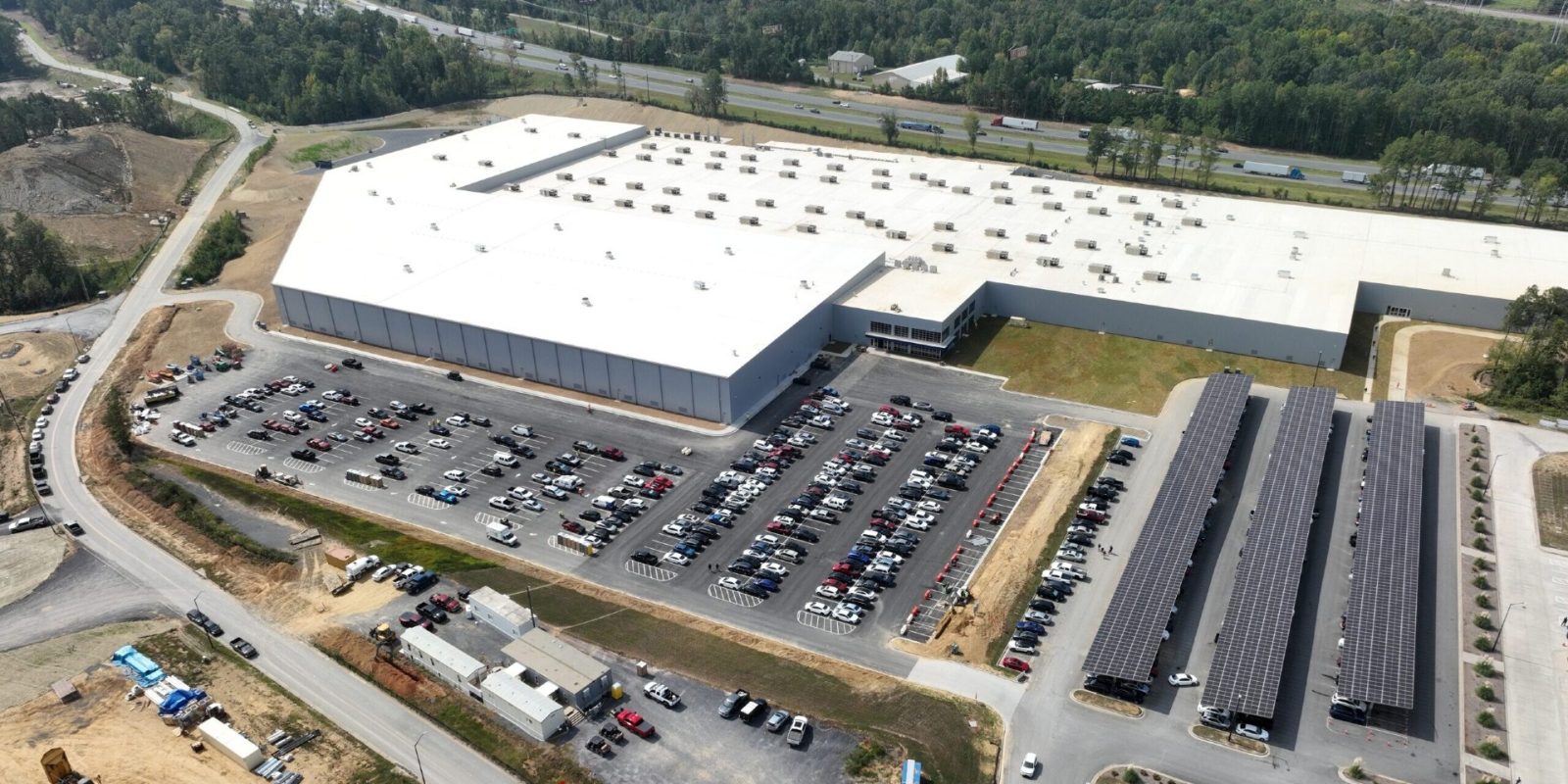Southeast Asia Tariffs: A Challenge For Indian Solar Energy Equipment Exporters?

Table of Contents
Understanding the Tariff Landscape in Southeast Asia
Southeast Asian nations employ diverse tariff structures impacting solar energy equipment imports. Understanding these nuances is crucial for Indian exporters. Import duties, levied as a percentage of the product's value, are a common barrier. Anti-dumping duties are imposed when products are sold below their fair market value, often targeting perceived unfair trade practices. Safeguard duties are temporary measures implemented to protect domestic industries from surges in imports.
Specific examples illustrate the complexities: Vietnam has implemented varying tariffs on solar panels and inverters, impacting Indian exporters' pricing strategies. Thailand's tariff structure often includes additional taxes and levies, adding to the overall cost. Indonesia and the Philippines also have their own unique tariff regimes, requiring careful analysis for each individual product and destination market. Several countries within the Association of Southeast Asian Nations (ASEAN) have free trade agreements among themselves, creating preferential tariff schemes that may or may not benefit Indian exporters, depending on the specific agreement.
- Specific tariff rates: Solar panels can face duties ranging from 5% to 20%, while inverters might see tariffs between 10% and 30%, depending on the country and specific product specifications.
- Key regulatory bodies: Ministries of Trade and Industry in each Southeast Asian country play a crucial role in setting and enforcing tariff policies. Understanding their regulations and procedures is vital.
- Recent changes: Tariff structures are dynamic; regular monitoring of updates and changes by relevant government bodies is essential for Indian exporters to stay informed and adapt accordingly.
Impact of Tariffs on Indian Solar Energy Equipment Exporters
The competitiveness of Indian solar equipment in Southeast Asia is significantly impacted by tariffs. These tariffs increase the final price of Indian products, reducing their competitiveness against locally manufactured goods or those from other international suppliers with preferential access. This increased cost directly affects the profitability of Indian exporters, potentially leading to reduced market share and lower overall export volumes.
- Case studies: Several Indian solar companies have experienced setbacks due to unexpected tariff increases, highlighting the need for robust risk management strategies. Analyzing these case studies reveals crucial lessons for other players in the industry.
- Price sensitivity: The price sensitivity of Southeast Asian solar projects varies depending on government incentives and project scale. Understanding this dynamic is crucial for formulating competitive pricing strategies.
- Long-term effects: High tariffs can deter long-term investment decisions in the Southeast Asian market, slowing down market penetration for Indian companies and potentially missing out on significant growth opportunities.
Strategies for Indian Exporters to Overcome Tariff Barriers
Overcoming tariff barriers requires a multi-pronged strategy. Indian exporters can explore alternative markets less affected by high tariffs, diversifying their export portfolio to reduce risk. Seeking government support, such as export subsidies or participation in trade negotiations to address specific tariff issues, is vital. Optimizing supply chains by potentially establishing local manufacturing or assembly units in Southeast Asia can reduce the impact of tariffs.
- Successful strategies: Analyzing the strategies of other exporting nations in overcoming similar challenges can provide valuable insights and best practices for Indian exporters.
- Government support schemes: Indian government initiatives designed to support exports should be actively explored and leveraged. This includes understanding eligibility criteria and application processes.
- Benefits of localization: Establishing regional manufacturing facilities can offer benefits beyond tariff reduction, including closer proximity to customers, improved logistical efficiency and potentially stronger local partnerships.
Future Outlook for Indian Solar Energy Exports to Southeast Asia
The long-term outlook for Indian solar energy exports to Southeast Asia remains positive despite tariff challenges. The region's projected solar energy demand growth is substantial, fueled by increasing energy needs and a global push for renewable energy adoption. Technological advancements, such as improved solar panel efficiency and cost reductions, offer opportunities for Indian manufacturers to gain a competitive edge. However, evolving tariff policies remain a significant factor.
- Demand growth predictions: Independent market research and government projections can provide valuable insights into the future demand for solar energy in Southeast Asia.
- Expected tariff changes: Continuous monitoring of government policies and trade agreements will help anticipate future changes in the tariff landscape.
- Technological impact: Investing in research and development and adopting new technologies can significantly impact competitiveness in the long run.
Conclusion: Overcoming the Southeast Asia Tariffs Challenge for Indian Solar Energy
The Southeast Asian market offers immense potential for Indian solar energy equipment exporters, but navigating the complexities of Southeast Asia Tariffs is crucial for success. Understanding the various types of tariffs, their impact on pricing and competitiveness, and proactively implementing strategies to overcome these barriers are essential. By carefully analyzing market dynamics, leveraging government support, and optimizing supply chains, Indian companies can position themselves to effectively tap into this burgeoning market. By understanding the complexities of Southeast Asia Tariffs and proactively implementing the strategies outlined above, Indian solar energy equipment exporters can position themselves for long-term success in this dynamic and rapidly expanding market.

Featured Posts
-
 Cyberpunk 2077s Future Cd Projekt Reds Next Steps
May 30, 2025
Cyberpunk 2077s Future Cd Projekt Reds Next Steps
May 30, 2025 -
 Tennis Governance Under Fire Djokovics Union Launches Legal Action
May 30, 2025
Tennis Governance Under Fire Djokovics Union Launches Legal Action
May 30, 2025 -
 Deutsche Bank Loses Key Figure In Distressed Sales To Morgan Stanley
May 30, 2025
Deutsche Bank Loses Key Figure In Distressed Sales To Morgan Stanley
May 30, 2025 -
 Delving Into The Potential Of A Pacific Rim Sequel Lost Plots And Characters
May 30, 2025
Delving Into The Potential Of A Pacific Rim Sequel Lost Plots And Characters
May 30, 2025 -
 Hondas Winning Legacy A Magnet For Champions
May 30, 2025
Hondas Winning Legacy A Magnet For Champions
May 30, 2025
Latest Posts
-
 Giuliani Reflects On The Life And Service Of Bernie Kerik
May 31, 2025
Giuliani Reflects On The Life And Service Of Bernie Kerik
May 31, 2025 -
 Diese Gemeinde In Deutschland Bietet Kostenlose Unterkuenfte An
May 31, 2025
Diese Gemeinde In Deutschland Bietet Kostenlose Unterkuenfte An
May 31, 2025 -
 Gratis Wohnen Diese Deutsche Stadt Sucht Neue Bewohner
May 31, 2025
Gratis Wohnen Diese Deutsche Stadt Sucht Neue Bewohner
May 31, 2025 -
 Rudy Giulianis Tribute To Bernie Kerik Remembering A Friend And Public Servant
May 31, 2025
Rudy Giulianis Tribute To Bernie Kerik Remembering A Friend And Public Servant
May 31, 2025 -
 Umzug In Diese Deutsche Stadt Kostenlose Unterkunft Wartet
May 31, 2025
Umzug In Diese Deutsche Stadt Kostenlose Unterkunft Wartet
May 31, 2025
